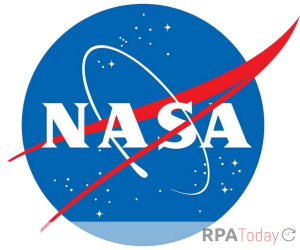
The U.S. federal government is one of the largest consumers of RPA in the world. In a recent report, called The State of Federal RPA, the General Services Administration (GSA) noted the technology saved government agencies around 850,000 hours in 2020 and that its approach to RPA is rapidly maturing. The report also specifically highlighted five agencies that have had the most success implementing RPA programs. The GSA’s Community of Practice has held up these agencies as models for others in the federal government.
Each agency has achieved what the GSA refers to as Level 4 Maturity (by reaching milestones including 50-100 automations in production, at least 150,000 hours of workload reduction per year, agency-wide processes automation, robust pipeline of projects, cloud platform delivery and more). In the coming weeks, RPA Today will look at each of those “program showcases” for learnings organizations can apply to their own programs that will perhaps enable them to scale.
It’s not surprising the government agency responsible for some of the most advanced technology in the solar system was among the first to recognize the benefits of automation and RPA.
Like many businesses, NASA has prioritized unattended automation, because it eases associated security issues, and cloud delivery, because the agency feels it is a better option to scale its program. It situated RPA in its Shared Services Center and recently expanded operations—partially as a result of implementing cloud—across all divisions of NASA.
The agency is in the midst of incorporating artificial intelligence into their RPA program to achieve intelligent automation. The program currently uses basic OCR capabilities and NASA is exploring the necessary policies for ethically implementing machine learning and chat bots.
According to the report, NASA’s best practices include:
- Standing up a cloud enterprise platform compatible with unattended automations that maximize automations’ efficiency and security.
- Consolidating all RPA efforts into a COE model that enhances agencywide efficiencies, economies of scale, and program results.
- Offering insight to overcome internal obstacles and sharing lessons learned to other RPA programs to support governmentwide adoption of RPA.
- Using a robust program management dashboard to track all automations deployed, in development, and under evaluation.
- Prioritizing change management practices to ensure a thorough understanding of the new RPA technology to create organizational awareness and foster faster deployment.

